Apple Watch vs Pebble Time Steel
Two iPhone-compatible watches, one giant comparison
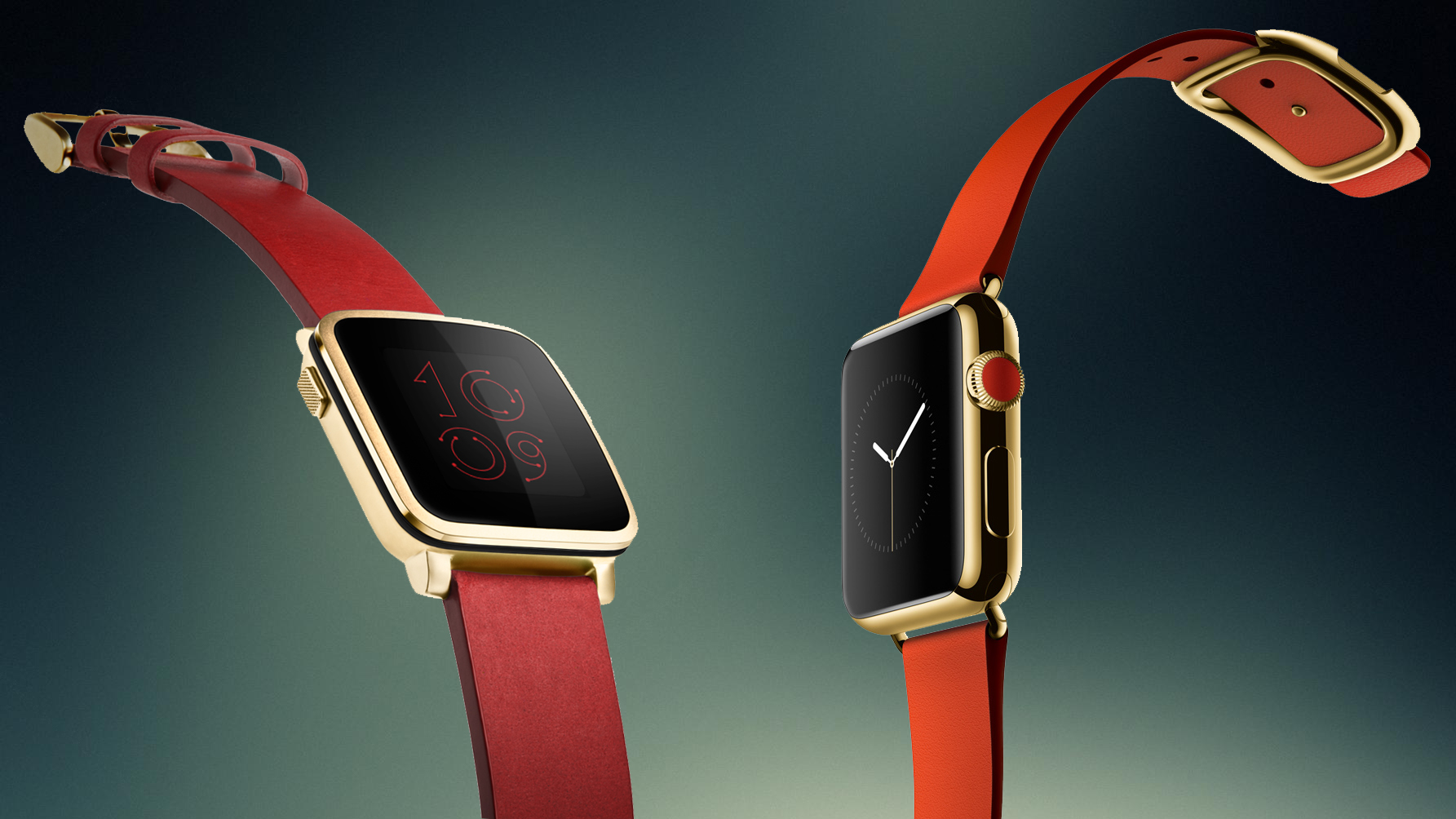
Apple Watch vs Pebble Time Steel
Pop quiz, which of these is the Apple Watch and which is the new Pebble Time Steel? It's kind of hard to tell the difference between the two smartwatches in the above photo.
Pebble seems to be doing its best impression of the "iWatch" with the stainless steel model of its plastic Pebble Time. The photo arrangement doesn't seem like a coincidence.
In fact, the sophisticated-looking gold finish on the casing and buckle, the bright red leather strap and the dangling pose of the two smartwatches is mirrored perfectly, except it doesn't copy the Apple Watch price.
That's not to say there aren't other major differences when you examine the April 24-bound Apple Watch vs the July-set Pebble Time Steel with a jeweler's eye loupe.
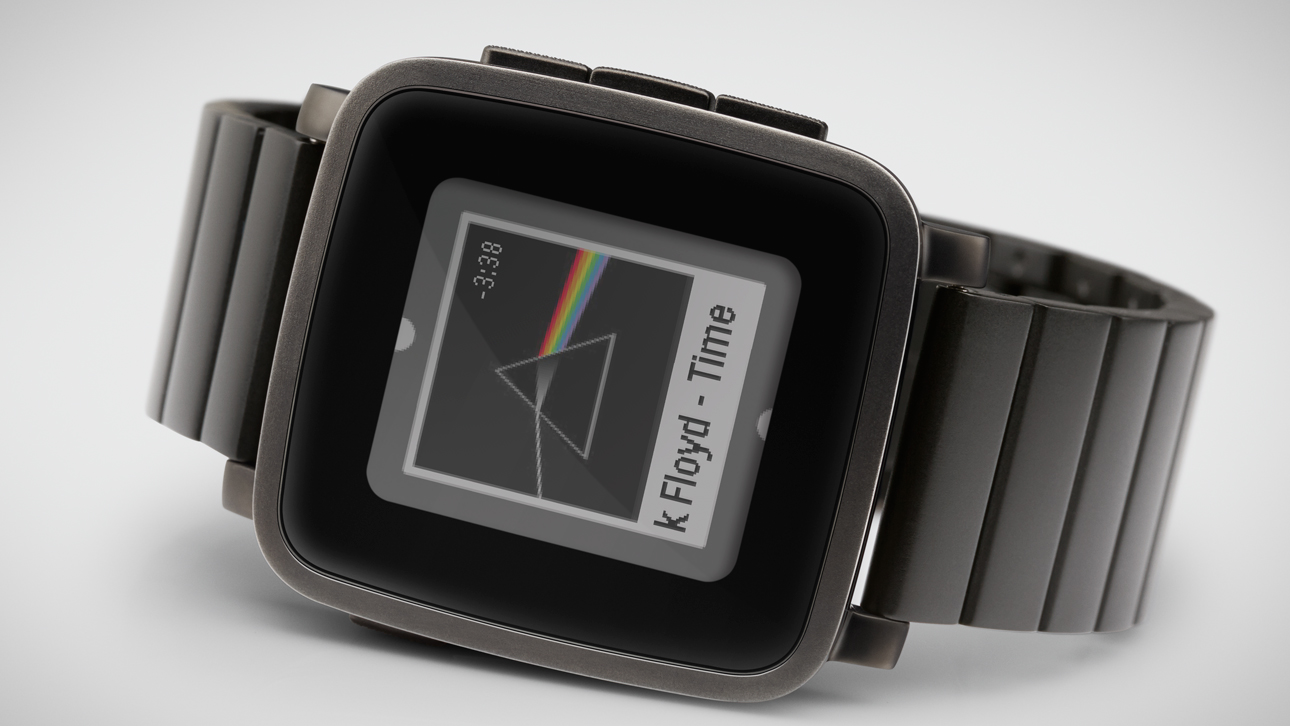
Design: Pebble Time Steel
The Pebble Time Steel is the most fashionable smartwatch from the Kickstarter darling. With a stainless steel case and strong machined buttons on the sides, it feels and looks solid.
It also comes with both leather and metal straps if you're a backer, meaning it's ready for any occasion with formal attire when the plastic Pebble Time doesn't seem right.
Just don't expect Apple's over-the-top 18-karat gold from the gold finish of the Pebble Time Steel. That's where the Apple Watch gets more premium - and expensive.
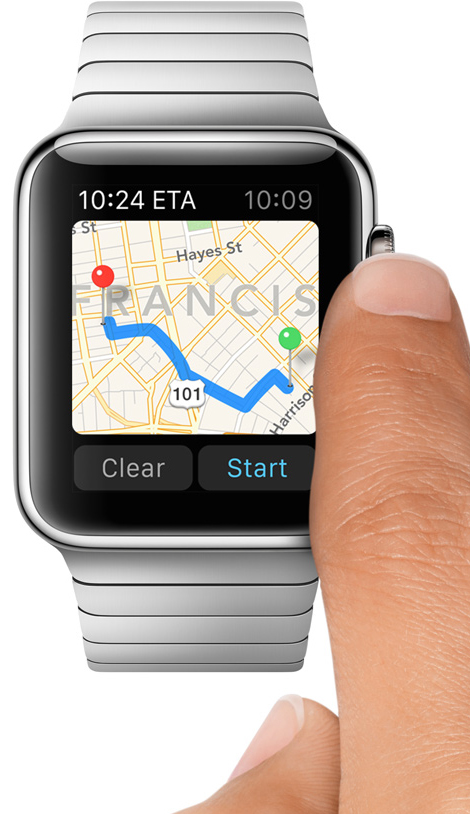
Design: Apple Watch
Apple Watch is clearly the more luxurious of the two, bordering on extravagant. There are six pricey 18-karat gold Apple Watch Edition smartwatches among models up for the Apple Watch pre-order.
It's not just a gold finish, it's gold, so Apple made it twice as hard as the normally material. Apple Watch ups its protective wardrobe with sapphire crystal glass on its face.
Not all Apple Watch collections are created equal, though. The cheaper Sport watch eschews a stainless steel and gold case for aluminum and sapphire glass for Ion-X glass.
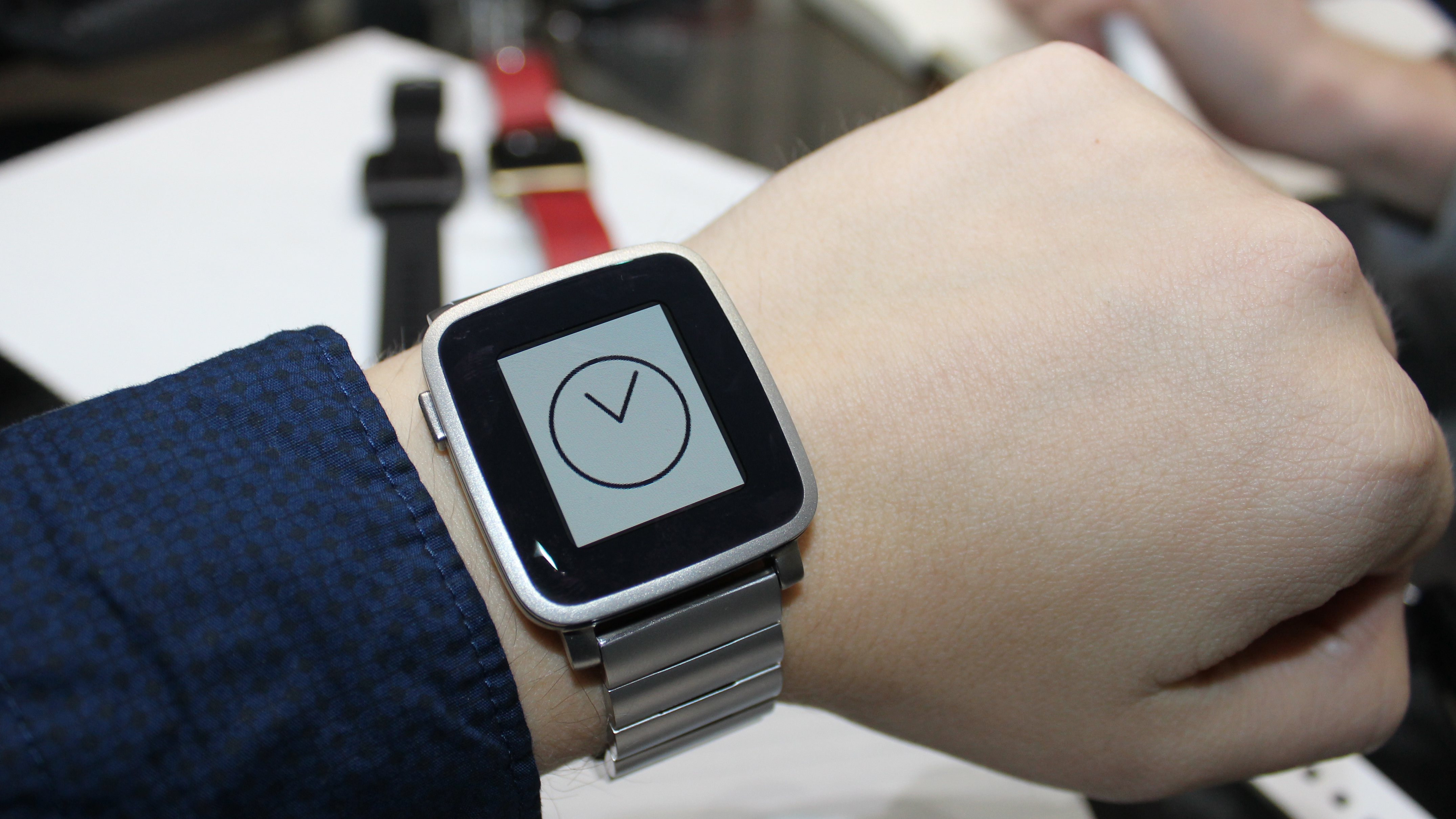
Display: Pebble Time Steel
Behind the Gorilla Glass that's protecting the Pebble Steel Time, there's an all-new e-paper display that supports 64 different colors and 30 frames per second.
It's always-on color screen is easy to read in sunlight and looks like a major improvement over the black-and-white original Pebble and Pebble Steel.
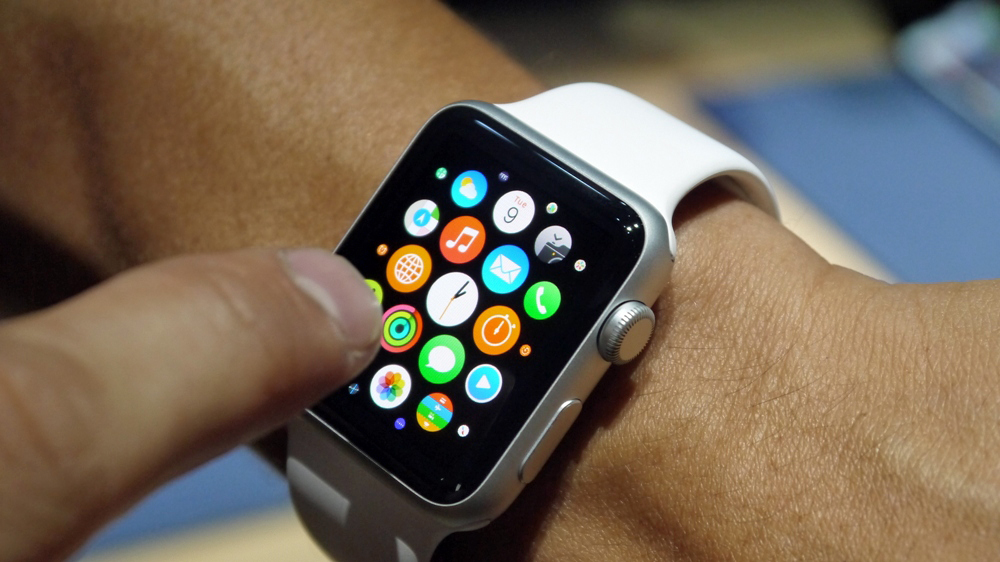
Display: Apple Watch
The more color-rich Apple Watch features two sizes, 38mm and 42mm in height, and both have different Apple Watch price points. Still, each is considered Retina displays with a high pixel density.
Apple's flexible AMOLED touchscreen can distinguish between light taps and deep presses, which it calls Force Touch, but requires a lift-to-wake gesture in order to turn it on in an effort to save precious battery life.
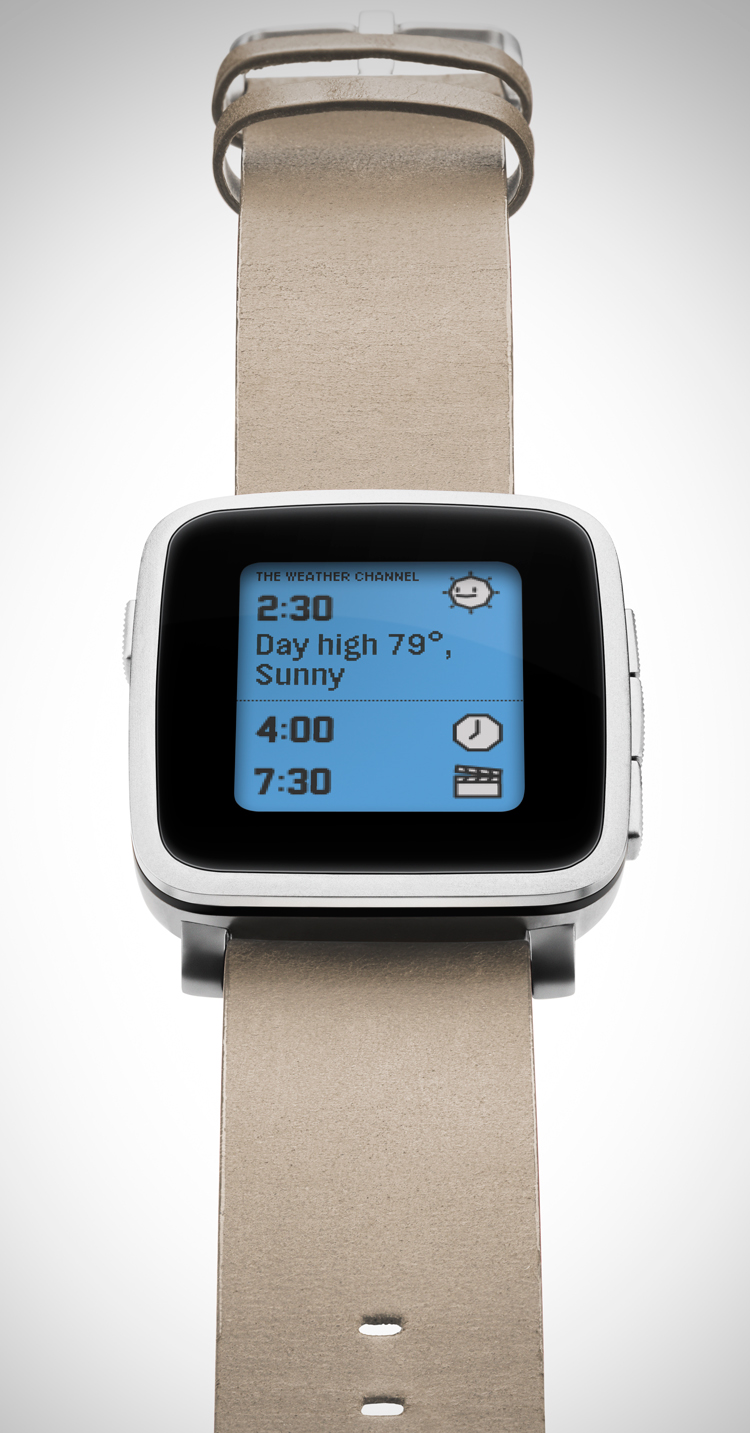
Battery life: Pebble Time Steel
That brings us to our next point: the all-important battery life for each smartwatch.
Pebble Time Steel aces this test with a 10-day battery per charge, at least on paper.
That makes it the longest-lasting smartwatch on the market, besting its own Pebble Time, Pebble Steel and the original Pebble, which lasted seven days on average.
With 10:1 battery life compared to other smartwatches, including the latest Android Wear watches like LG Watch Urbane, this may be the killer feature that makes Pebble the better overall choice.
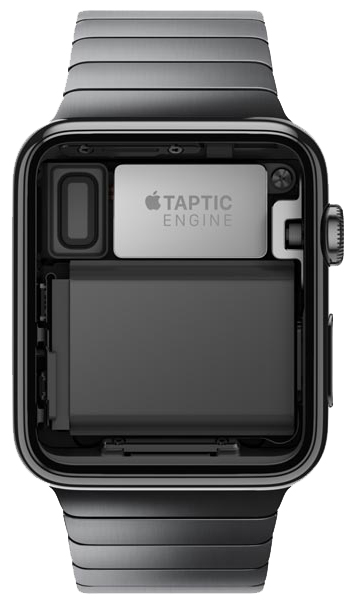
Battery life: Apple Watch
Apple Watch battery life is 18 hours based on mix use, revealed CEO Tim Cook, which does technically live up to his promise of only requiring "nightly charging."
A bigger battery comes with the larger 42mm smartwatch, a fair trade-off given the Increased the Apple Watch price compared to the 38mm model.
All-day battery life, if you keep to a normal schedule, matches the first Android Wear watches we tested out last year, but newer Google-powered smartwatches have launched with two-day battery life.
While Apple is bound to come up with a bunch of software tricks to save that precious battery over time, it just can't compare to Pebble's more energy efficient, albeit conservative-looking, color e-ink display.
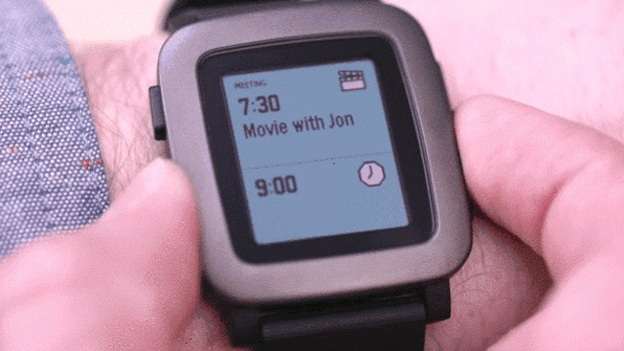
Software: Pebble Time Steel
Google Now-influenced Android Wear has been our steady co-pilot on our wrists for almost a year now, but Pebble and Apple hope to shake things up with their own software.
Pebble Timeline doesn't just have apps, it lays out what the notifications are telling you in a logical "past, present and future" order. These menus are assigned to the three right buttons.
Our hands on with the Pebble Time Steel was limited to a demo, so we can't judge how this trio will work in real-life, but it's a fresh take on the usual app drawer.
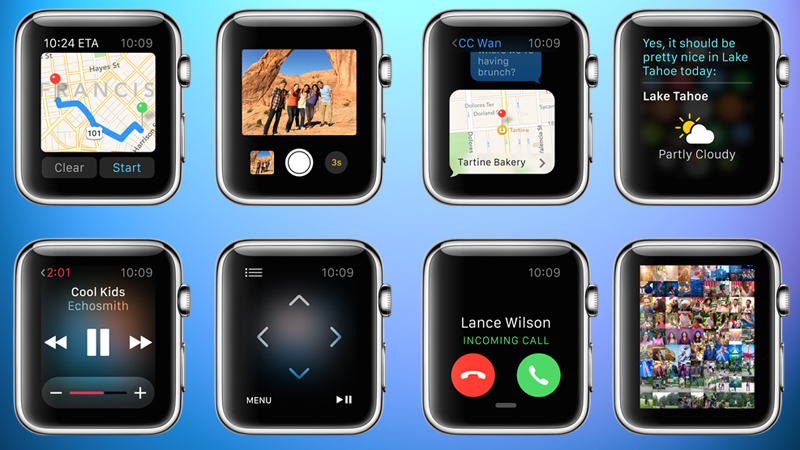
Software: Apple Watch
Apple Watch is similarly being driven by app developers with its WatchKit API and makes use of a bunch of different glanceable interfaces as important information is beamed to your wrist.
It also bucks the iOS tradition of using square-ish app tiles in favor of small circular icons. This means it relies on the digital crown to zoom in to the list of apps.
Like Pebble and Android Wear watches, it requires an iPhone app to manage smartwatch settings and apps. That has already launched alongside iOS 8.2.
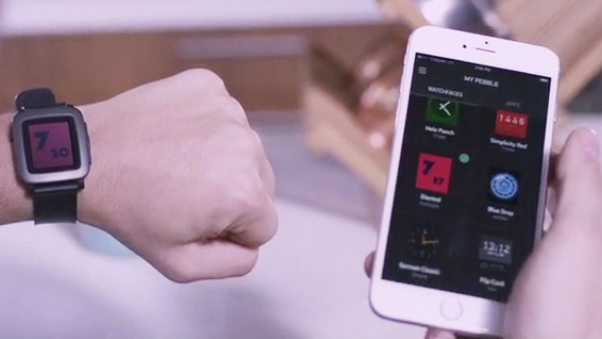
Compatibility: Pebble Time Steel
Pebble Time Steel continues the startup's tradition of working with both iOS and Android, giving users the freedom switch phones as easily as they switch 22mm straps that can be popped out in a jiffy.
We're used to being bossed around by limited phone compatibility between Android Wear and Samsung watches, so it's nice to see Pebble continue to work just about with everything - except poor Windows Phones.
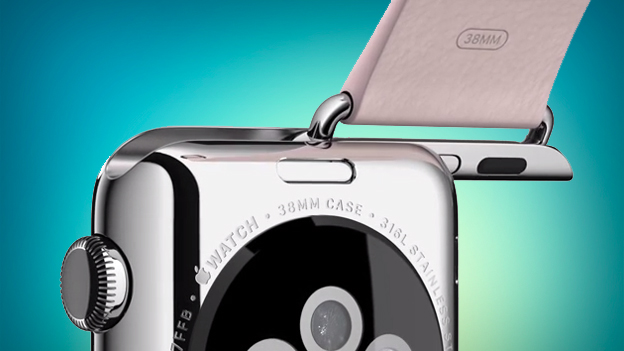
Compatibility: Apple Watch
Apple Watch, of course, only works with an iPhone. In fact, it requires iPhone 5 or later and iOS 8.2. To continue with that strap comparison, Apple Watch has switchable straps, but they're proprietary.
This leaves older iPhones and Android admirers in the lurch. The latter rebuke is fair because Google did the same thing with Android Wear, which doesn't work with iOS.
The trade-off to owning an Apple-made smartwatch is that it'll works better with the iPhone; it's deeply integrated with first-party apps, Siri, Apple Pay and everything else Apple likes to keep to itself.

Waterproof: Pebble Time Steel vs Apple Watch
Pebble Time Steel is waterproof enough to take swimming and in the shower with an official rating of 3ATM, close to the original version's 5ATM range. Just like the battery, it leads here.
Is Apple Watch waterproof? With an IPX7 rating, it's water-resistant rather than waterproof. That's good enough for sweat, washing your hands and even the shower, but not swimming.
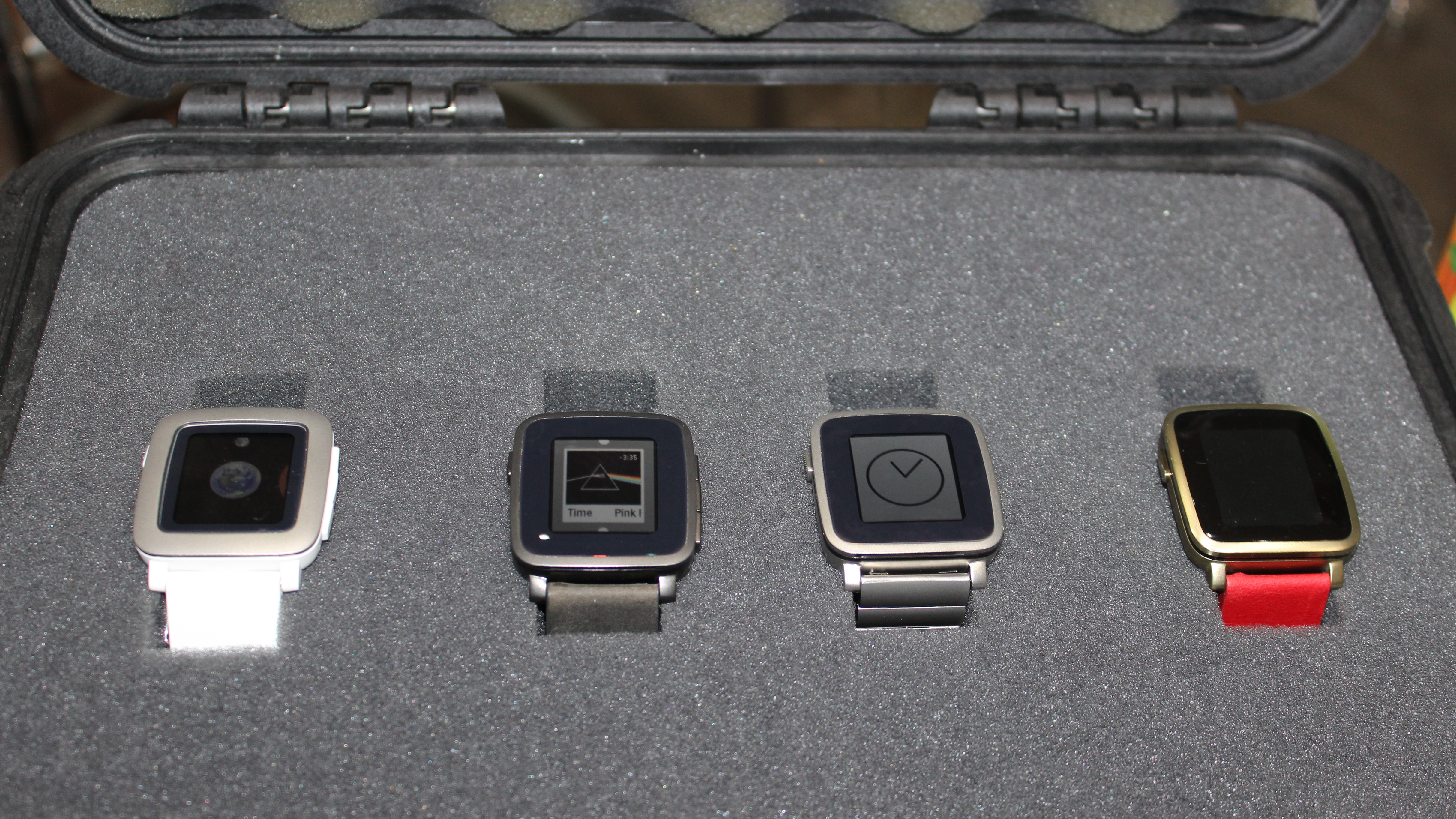
Price: Pebble Time Steel
Apple Watch and Pebble Time Steel are going to shake up smartwatches that have been dominated and kind of boring with Android Wear over the last nine months.
Which one is better may likely come down to your budget price. Pebble Time Steel isn't as fancy, but carries a $299 retail price with a slightly reduced price of $250 via Kickstarter . It also comes with two straps for backers as a bonus.
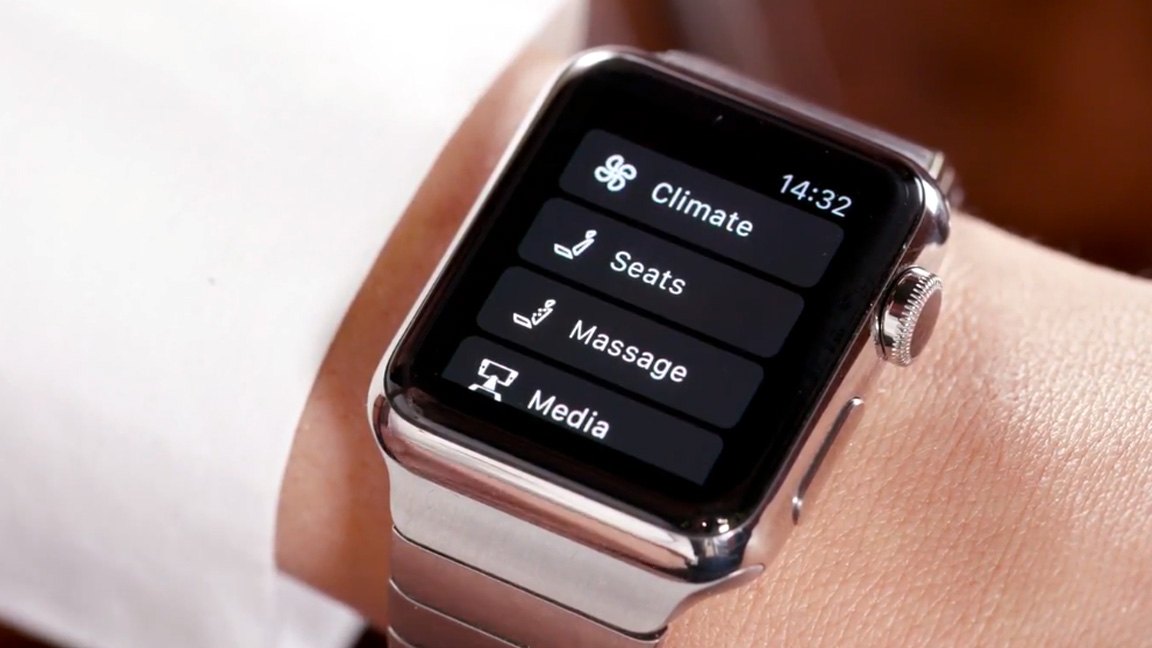
Price: Apple Watch
Apple Watch, on the other wrist, starts at $349 (£299), and that's for the Sport version of the watch with strengthened Ion-X glass (not sapphire) and a height of 38mm. At 42mm, it's $399 (£339).
It goes up from there. The Apple Watch pre-order for the stainless steel regular "Watch" collection starts at $549 (£479) and goes up to $1099 (£949).
The 18-karat gold version tops the Apple Watch price list at $10,000 (£8,000) to $17,000 (£13,500, AU$24,000) with a limited supply in Apple Stores. It's Apple's most expensive gadget yet.
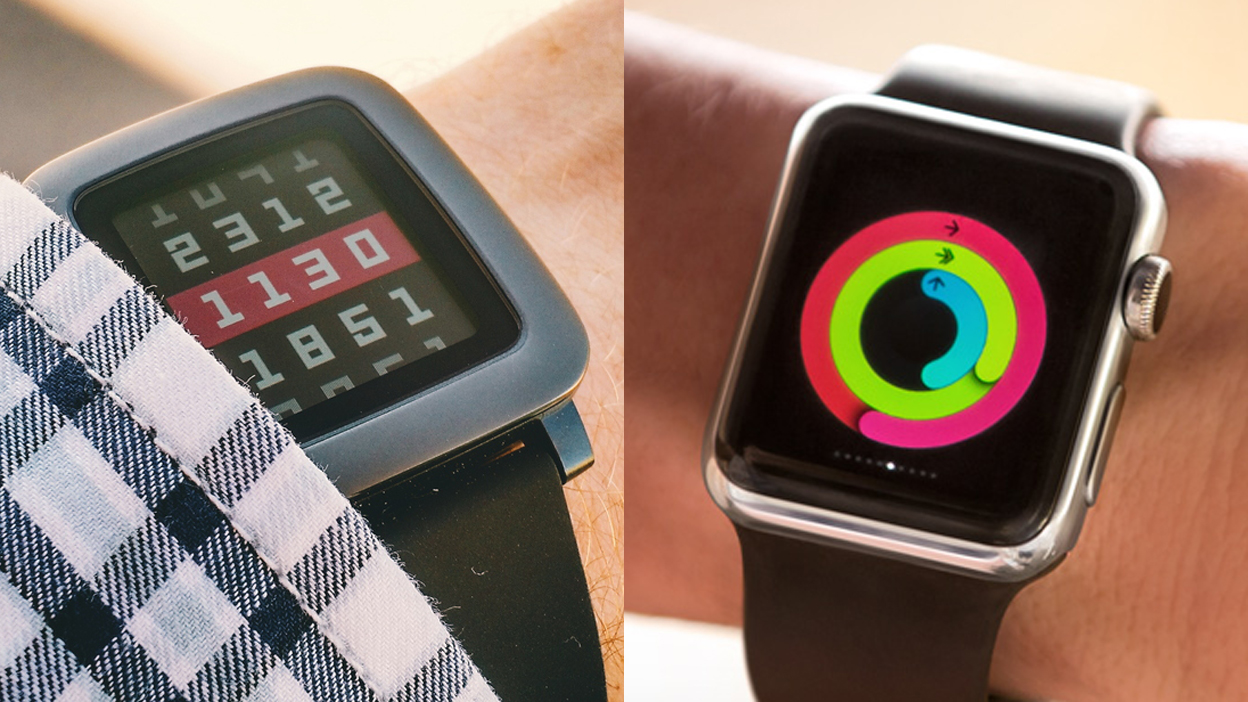
Apple Watch vs Pebble Time Steel Wrap-up
Pebble is almost certainly jabbing Apple with its Apple Watch-styled photo, but can it measure up come July?
That depends on how premium the watch feels next to the Apple Watch and how its software performs. So far, Pebble has only shown us a demo of the Timeline interface.
Apple Watch is more expensive and features a finite number of straps, but integrates better with the iPhone thanks to its use of Apple Pay, Siri and other first-party apps Apple likes to horde.
Only time will tell which one is better. Check out our hands on with the Pebble Time Steel and Apple Watch for more.
- Next breakdown: Apple Watch vs LG Watch Urbane
